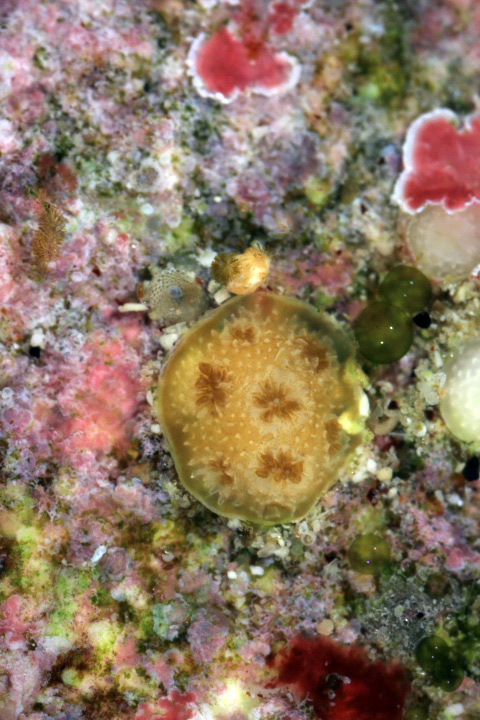This year the coral spawning season fell over December 2020 and January 2021. Because of Covid restrictions the team had split into two bubbles to manage the spawn, making for very busy work.
Before spawning season begins, each of our broodstock coral colonies in the spawning systems are checked for pigmented eggs. This is a key indicator that the corals are ready to spawn.
On 7 December 2020, 10 of the Acropora tenuis corals spawned, enabling the team to carry out cross fertilisation, starting off the spawning season on a high.
Days later, corals from Australia, Indonesia and Singapore all spawned at the same time in our Project Coral research systems. This allowed us to further explore hybrids from around the world via in vitro fertilisation.
In mid-January 2021 the team had their second successful spawning season. I managed one of the busiest spawning days I have ever seen in my seven years working in the Aquarium.
During the spawning season we carried out in vitro fertilisation crosses on 16 Acropora millepora colonies and a couple of Acropora hyacinthus, Acropora abrotanoides and two Acropora spp coral colonies.
I also got to witness a beautiful Acropora gemmifera spawning for the first time.
A few important developments were made.
A new generation
One was that we were able to produce a new generation of coral, using colonies of Acropora millepora which had been spawned at the Horniman in 2017.

Acropora millepora at 6 weeks
By our 2020/21 spawning season, these had reached sexual maturity and so were able to produce a new generation.
This is the same as having a grandparent, a parent, and a baby of the same family, all produced at the Horniman and fantastic for our research.
Cross-fertilisation
We were also able to cross-fertilise eggs (oocytes) from Acropora hyacinthus GBR with sperm from Acropora hyacinthus Singaporecoral genotype.
This year’s spawn also provided material for two preliminary experiments, gathering information to continue the work for next year’s spawn.
However the real work begins after the spawn, caring for developing embryos and settling the coral larvae. This year’s spawn was a great success all down to the hard work and commitment of the team. Hundreds of newly settled corals are now slowly growing in our coral grow-out system behind the scenes.


